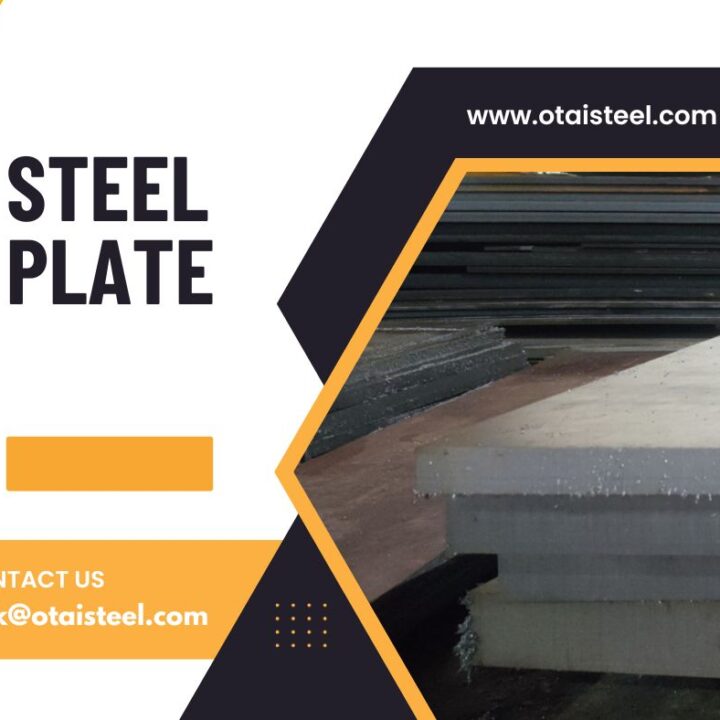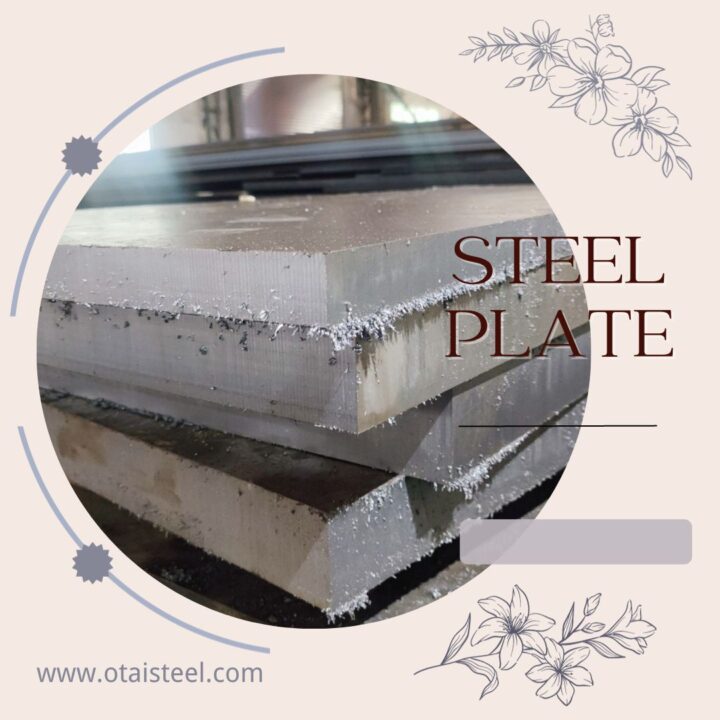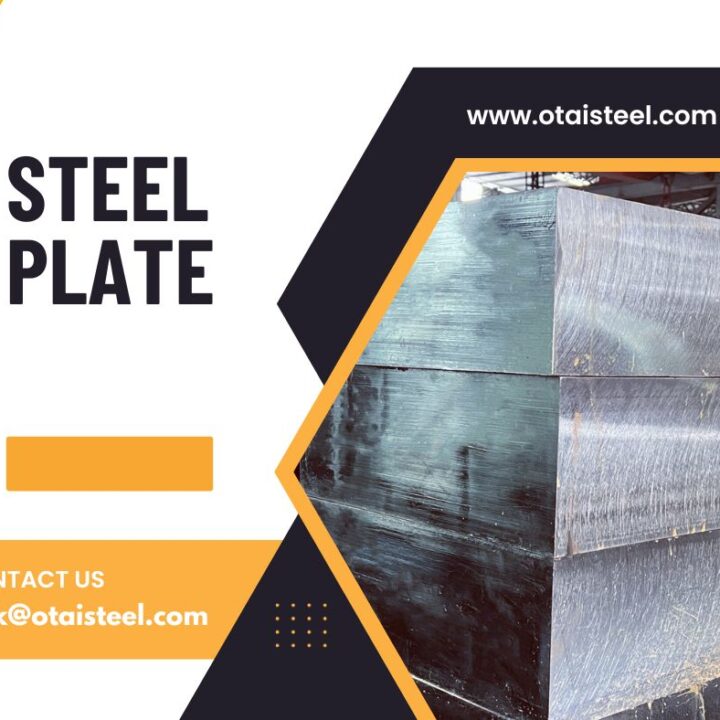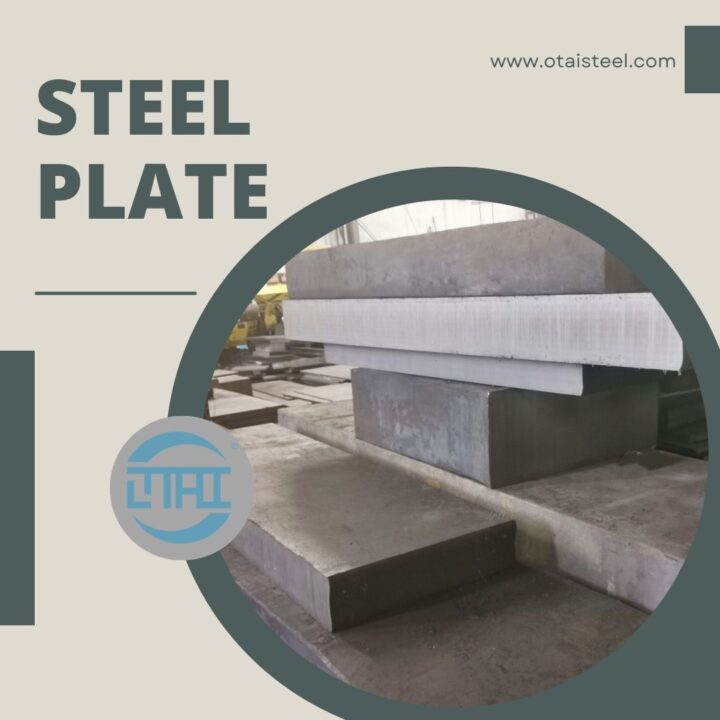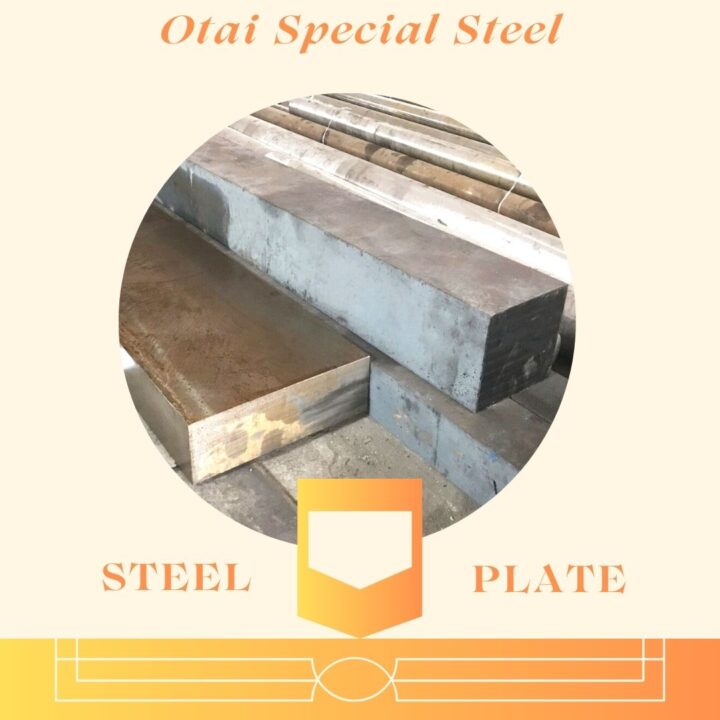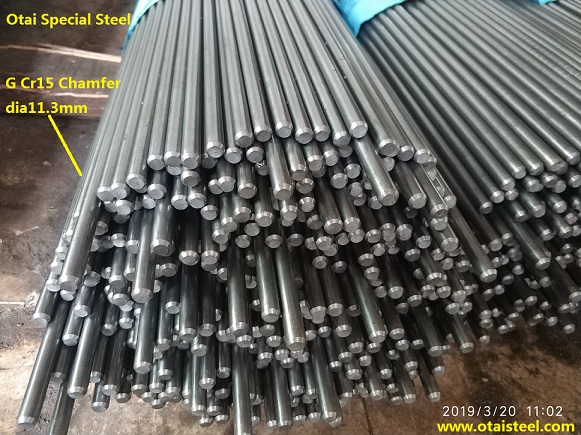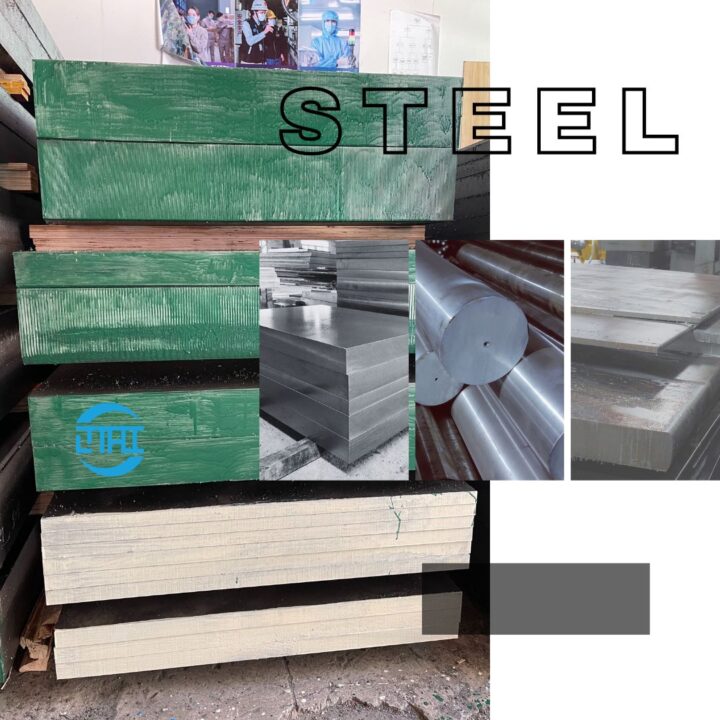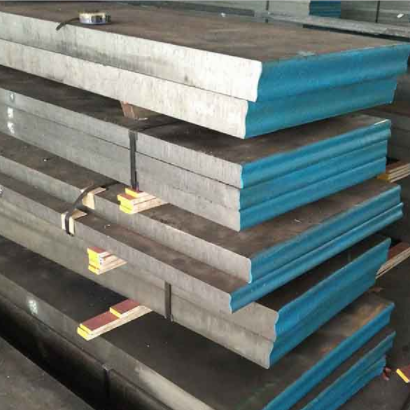4340 steel is a low-alloy, high-strength steel widely used in industries such as aerospace, automotive, and oil and gas. It contains alloying elements such as nickel, chromium, and molybdenum, which contribute to its excellent mechanical properties, including high strength, toughness, and wear resistance. To fully comprehend the behavior and properties of 4340 steel, it is crucial to investigate its microscopic structure and the phase transformations it undergoes. (phase transformations in 4340 steel)
Microscopic Structure of 4340 Steel
The microscopic structure of 4340 steel consists of grains, which are individual crystal structures. The size, shape, and distribution of these grains significantly influence the material’s mechanical properties. The presence of various microstructural features, such as grain boundaries, carbides, and inclusions, also affects the material’s performance. Analyzing the microscopic structure provides insights into the material’s properties and guides the optimization of its performance.
Phases in 4340 Steel
4340 steel can contain multiple phases, each with distinct crystal structures and compositions. The primary phases in 4340 steel include ferrite, pearlite, bainite, and martensite. Ferrite is a low-carbon phase with a body-centered cubic (BCC) crystal structure, while pearlite consists of alternating layers of ferrite and cementite. Bainite and martensite are formed through different cooling rates and exhibit unique microstructures and mechanical properties.
Phase Transformations in 4340 Steel
Phase transformations occur when 4340 steel is subjected to specific thermal treatments or mechanical processing. The most notable phase transformations in 4340 steel are the formation of pearlite, bainite, and martensite. These transformations result in changes in hardness, strength, and toughness. The kinetics and characteristics of these phase transformations are influenced by factors such as cooling rate, alloy composition, and heat treatment parameters.
Techniques for Microscopic Analysis of 4340 Steel
Several techniques enable the microscopic analysis of 4340 steel. Optical microscopy provides a macroscopic view of the material’s microstructure, allowing for grain size measurements and the identification of different phases. Scanning electron microscopy (SEM) and transmission electron microscopy (TEM) offer higher resolution and can provide detailed information about grain boundaries, phase distributions, and the presence of defects or inclusions. These techniques facilitate a comprehensive understanding of the material’s microscopic structure.
Effects of Heat Treatment on Microstructure and Phases
Heat treatment significantly influences the microstructure and phases present in 4340 steel. Processes like annealing, quenching, and tempering alter the material’s properties by controlling the formation of specific phases and adjusting their distribution. Heat treatment allows tailoring of the microstructure to achieve desired mechanical properties, such as improved strength, hardness, and ductility. The selection of appropriate heat treatment parameters is critical for optimizing the material’s performance.
Factors Influencing Phase Transformations in 4340 Steel
Several factors affect the phase transformations in 4340 steel. Alloy composition, cooling rate, austenitization temperature, and heat treatment parameters play essential roles in determining the resultant phases and their distribution. Understanding these factors allows for the manipulation of the material’s microstructure to achieve desired properties.
Real-World Applications and Significance of Microstructural Study
Studying the microstructure of 4340 steel is of great significance in various real-world applications. It aids in the design and manufacturing of components with tailored properties, such as high-strength gears, shafts, and structural components. By optimizing the microstructure and phase distribution, engineers can enhance the material’s performance, durability, and resistance to fatigue, thereby ensuring reliable performance in critical applications.
Heat treatment and alloy composition play essential roles in controlling phase transformations and optimizing the material’s performance. The knowledge gained from studying the microstructure aids in the design and manufacturing of components with superior properties, contributing to the advancement of various industries. (phase transformations in 4340 steel)
